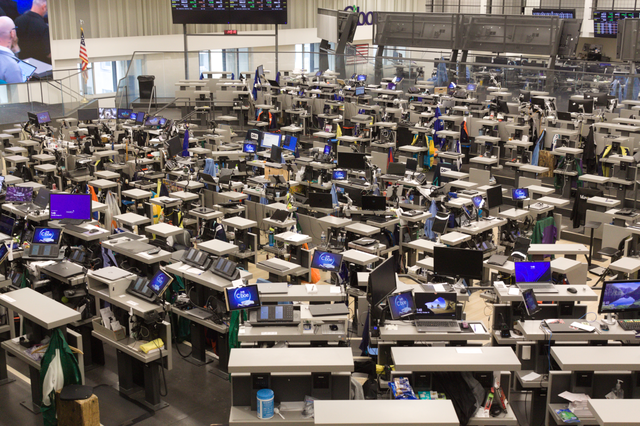In the high-stakes chess game of U.S.-China trade talks, Beijing believes it’s holding the stronger pieces, banking on its grip over rare minerals and a vast consumer market to counter America’s tariff offensive. As negotiations crawl forward under a fragile truce, China’s bold stance is reshaping the battlefield, but families and businesses on both sides are left wondering who’ll pay the price if the talks collapse.
The talks, part of a 90-day pause on escalating tariffs set to end in August, follow President Donald Trump’s bold moves: a 10% tariff on most imports and a 30% duty on Chinese goods, down from a jaw-dropping 145%. China hit back with 125% tariffs on American products and banned exports of minerals like gallium, crucial for everything from phones to fighter jets. Beijing’s confidence comes from its stranglehold on 80% of the world’s rare earths and its role as a shopping mecca for U.S. brands like Nike and Starbucks. A Chinese trade official, speaking privately, said, “Our market is a magnet, and our resources are unmatched. The U.S. can’t just walk away.” U.S. Trade Representative Jamieson Greer pushed back, saying, “We’re fighting for a fair deal, and we’ve got the resolve to see it through.”
This standoff is rooted in Trump’s mission to shrink a $419 billion trade gap with China, but his tariffs have sent shockwaves through American wallets. From soaring grocery bills to pricier gadgets, the World Bank warns global growth could slip 0.3% if tensions spiral. China’s edge lies in its $3.8 trillion cash reserves and new trade ties with countries like Vietnam, letting it sidestep U.S. pressure. But at home, Beijing’s grappling with a shaky economy, with 15% of young people jobless, adding urgency to its strategy.
Across America, the mood is tense. Small business owners like Sarah Kim, who runs a Detroit electronics store, feel trapped. “China’s mineral bans are making it impossible to stock affordable parts,” she said. Shoppers, like Texas mom Emily Rivera, are reeling; her son’s new tablet cost $100 more than last year. Economists like David Lin from UCLA see risks on both sides. “China’s playing hardball, but a prolonged fight could hurt everyone,” he said. Some U.S. companies, though, are eyeing countries like India to bypass China, hoping to dodge the trade war’s fallout.
The consequences could reshape lives. If talks fail, global trade could shrink 1.5% by 2026, per the IMF, hitting U.S. farmers and tech firms hard. China’s mineral bans threaten America’s defense and clean energy goals, while its own businesses face pushback from wary global investors. Small retailers, caught in the crossfire, are bracing for leaner times, with U.S. exporters already losing $12 billion a year to Chinese tariffs.
What’s next depends on whether cooler heads prevail. Treasury Secretary Scott Bessent hinted at smaller, targeted deals, but China’s demand to scrap tariffs upfront is a sticking point. With global leaders set to meet at the IMF-World Bank gatherings, there’s hope for progress, though China’s upcoming regional summit may stiffen its resolve. “It’s like two giants circling each other,” Lin said. For now, American families and shopkeepers are left hoping for a truce that keeps prices—and tensions—from boiling over.




















